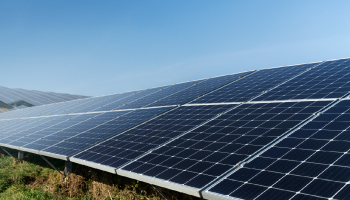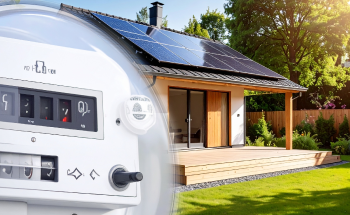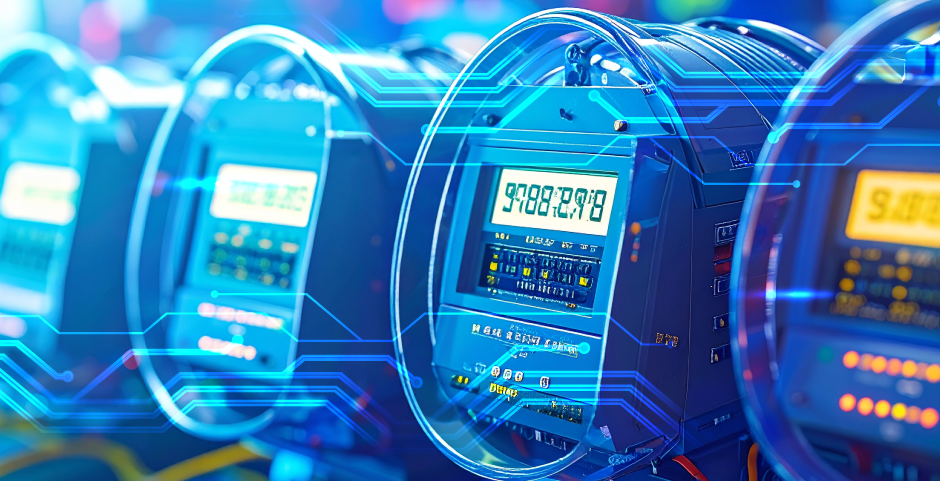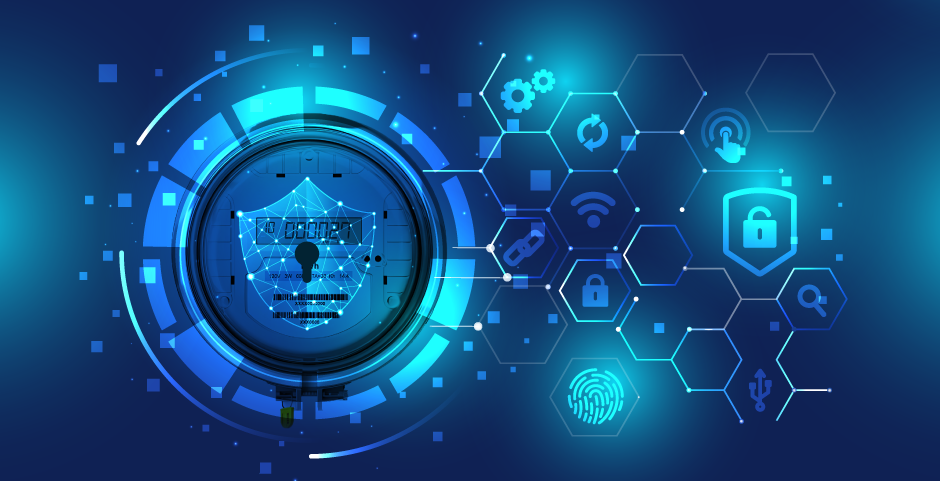Options for Onboarding IEEE 2030.5 in Your System
Shwetha Bhat April 9, 2025

Shwetha Bhat April 9, 2025

Onboarding IEEE 2030.5 into a system involves ensuring that devices, sensors, and control systems can communicate using the IEEE 2030.5 standard. This can be achieved through different approaches depending on the existing infrastructure, size, and complexity of the system.

July 25, 2025
The world energy scene is being revolutionized by the fast-paced increase of decentralized renewable energy sources like rooftop solar, wind microturbines, and energy storage in batteries. batteries. The driving force…
Know More
July 25, 2025
Smart metering has evolved significantly over the last two decades as it became a building block of modern energy management solutions. At the core of the evolution is the DLMS/COSEM…
Know More
July 25, 2025
As the energy sector undergoes rapid digital transformation, smart metering has emerged as a foundational technology in modern utility networks. By enabling real-time monitoring, automated billing, and remote disconnection, smart…
Know More